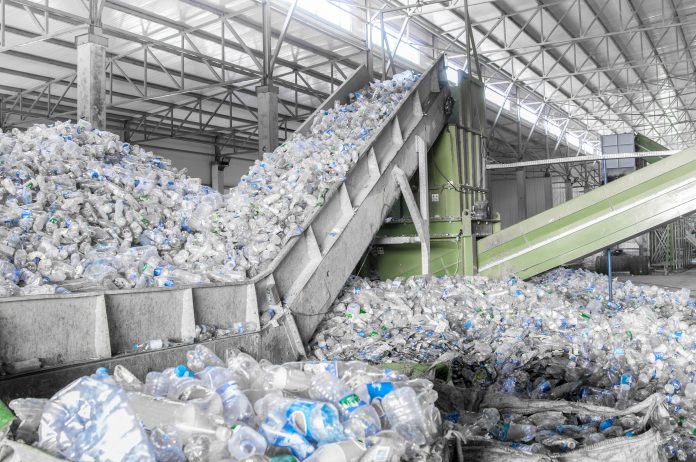Conducting a combination of DNA-like encoding of plastics, a research team discover plastic identification could be a strategy against the pollution crisis
One of the biggest challenges in addressing plastic pollution is tracing the plastic back to the source, Professor Barner-Kowollik of the QUT research team argues. To tackle this, his team began looking into plastic identification.
Tracing plastic’s “DNA” back to its source, there are many emerging advances in polymer chemistry which could play a role in identifying plastic, potentially putting an end to the many polluting sources of plastic waste.
Tracing plastic resolves the anonymity of plastic waste
One solution to this crisis could be chemically labelling batches of plastic production using sequence-defined polymers, that could be decoded in a way similar to DNA.
Though reading information from sequence-defined polymers is challenging, new and simple technologies for reading information from such sequence-defined polymers embedded into plastics are emerging.
If polymer science can develop, the means of unique plastic identification – tracing each piece back to its producer – becomes possible.
If polymer science can develop, the means of unique plastic identification becomes possible.
Professor Barner-Kowollik said: “If a technology existed that allowed to give unique ‘DNA’ to each batch of plastic that was produced, plastic waste could be traced back to the producer, given the information stored in the ‘DNA’ could be simply read-out.
“Tracing plastic resolves the anonymity of plastic waste.”
Regulation is another struggle against plastic pollution
The paper states that identifying the people responsible for plastic pollution could lead to a phasing out of plastics, however, there still remains the issue of enforcing responsibility legally.
Professor Afshin Akhtar-Khavari said: “One of the first challenges with an international problem such as this is the obvious one of jurisdiction, and also where in the regulatory process we can best intervene to create sustainable change.
“A considerable challenge is the implementation in international frameworks so that malicious actors cannot identify loopholes”
“A considerable challenge is the implementation in international frameworks so that malicious actors cannot identify loopholes.
“A careful and coordinated international approach is of the essence, yet establishing it will require initial careful research into the underpinning international governance principles and subsequent coordinated approaches for implementation.”
Nonetheless, with this combined approach – of polymer science and international law – consumers and policymakers could enforce responsibility onto the biggest polluters.











